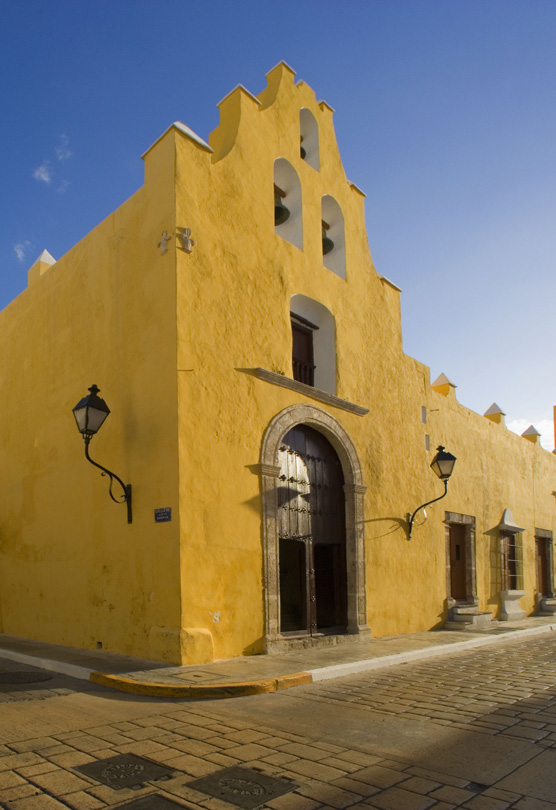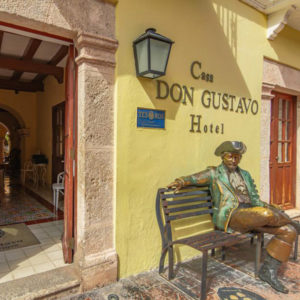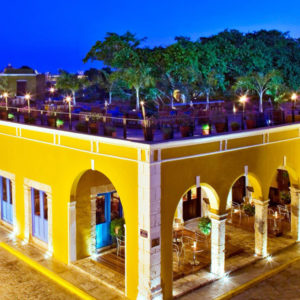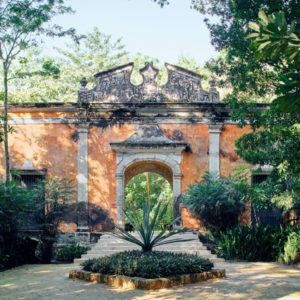Two powerful civilizations—Spain and the Maya—gave birth to Campeche, a state where historical memory on the part of the indigenous, the conquistadors and even recalling pirates makes it a fascinating place to discover. Its location, tucked into a crook on the Gulf of Mexico, has been so attractive as to provoke buccaneers, corsairs and licensed privateers to attack, pillage and sack the city in numerous convulsive moments when the Caribbean served as Europe’s colonial chessboard. The city’s bastions are the most prominent relic of the envy to which Campeche’s resources gave rise.
Campeche
Less excavated than other parts of southern Mexico, the state has yet to unearth numerous archaeological deposits that remain hidden or are pending study. Calakmul, Edzná, Jaina, Becán, El Hormiguero, Chicanná and Xpujil are representative cities on an even more immense archaeological to-do list.
Campeche’s culinary fame comes headed by its seafood, but the cochinita pibil is no less succulent; breaded shrimp in garlic sauce is a perennial local favorite as well; you’ll also see (hopefully eat) venison in salpicón minces or pipián sauce. There are chaya-leaf stuffed tamales, and boiled eggs in banana leaves, pibipollo tamales especially for Day of the Dead, shrimp and oyster cocktails, coconut-shrimp as well as traditional sopa de lima, as well as excellent fruits.
Walled Campeche was declared a “priceless and historic fortified city” as well as a UN World Heritage Site in 1999, for conserving virtually intact examples of seventeenth- and eighteenth-century military architecture; for its hybrid southern-Spain and even more Caribbean architectural mix; and the rigid street grid that orders this baroque colonial urbs.

More information
Airports
CPE – Campeche International Airport
Time Zone
GMT-6
Driving Distances
CPE – Mérida (2h 30m)
CPE – Uxmal (2h)
CPE – Palenque (5h)
Weather
Warm, sub-humid weather predominates in Campeche state. Average annual temperatures range from 26-27˚C.
Best Months For Traveling
The best time to go is from November to March, i.e., winter and late autumn, when it does not rain and temperatures are more moderate. April to October is the rainy season and temperatures can reach the low 30s C.
Tipping Customs (MXN)
High-end restaurants: 15-20%
Casual restaurants: 15%
Drivers: $200-$300 daily
Guides: $300-$500 daily






